This mural on a fence near Bulwer Street perfectly illustrates the loss of some of our downtown residential avenue.
Bulwer St. looking east from Spadina Avenue, one block north of Queen Street West.
The Bulwer Street of old, at one time a quiet residential neighbourhood, has disappeared forever. Gazing eastward along the street from Spadina Avenue, it is difficult to imagine that this street was once lined with small homes, where children played games on the roadway and in the surrounding laneways. Today, only the sidewalks and pavement, as well as a few buildings that have been converted to commercial use, remain. The mature maple trees that at one time shaded the street from the scorching summer sun have also disappeared.
Bulwer is a short avenue, located one block north of Queen Street West, between Soho Street and Spadina Avenue. In the nineteenth century it was named Maple Lane and was where families maintained small homes. It was an ideal location as the street was close to the commercial shops of Spadina Avenue as well as those on Queen Street. The Spadina and Queen Street streetcars were close, so it was easy for the residents to travel to work anywhere throughout the downtown area.
The name Maple Lane disappeared in 1878, when they renamed the it Bulwer Street. It was likely named after the English statesman and author Edward George, Earl Lytton, secretaries for the colonies 1858-1859. He wrote many popular novels between the years 1827-1873 under the name Bulwer-Lytton. The name Bulwer may have carried more prestige, but the name “Maple Lane” was more charming.
This map from the Goad’s Atlas in the Toronto Reference Library shows Bulwer Street shortly before the turn of the last century. Ogden Public School remains on the north side of the street, although today it is a newer and larger building than the one shown on the map. In 1900, there were 22 family homes on the south side of the street, and 20 on the north side. Among the occupations of the residents were labourers, carpenters, a moulder, a car-repairman for the Grand Trunk Railway, a printer, tailor, domestic servants, and a watchman for the Grand Trunk Railway.
Below are photographs of the few buildings that remain on the street today. None of them appears to be residential, although a few of the upper floors may possibly be apartments.
51 Bulwer Street 35 Bulwer Street
Number 37 Bulwer Street, which was at one time a residential property
This building at the east end of Bulwer, on the south side, encases several of the the old homes that were on the street during the nineteenth century. They no longer have any postal addresses visible.
To view the Home Page for this blog: https://tayloronhistory.com/
To view previous posts about movie houses of Toronto—old and new
https://tayloronhistory.com/2013/10/09/links-to-toronto-old-movie-housestayloronhistory-com/
To view links to other posts placed on this blog about the history of Toronto and its heritage buildings:
https://tayloronhistory.com/2013/10/08/links-to-historic-architecture-of-torontotayloronhistory-com/
Recent publication entitled “Toronto’s Theatres and the Golden Age of the Silver Screen,” by the author of this blog. The publication explores 50 of Toronto’s old theatres and contains over 80 archival photographs of the facades, marquees and interiors of the theatres. It also relates anecdotes and stories from those who experienced these grand old movie houses.
To place an order for this book:
Theatres Included in the Book
Chapter One – The Early Years—Nickelodeons and the First Theatres in Toronto
Theatorium (Red Mill) Theatre—Toronto’s First Movie Experience and First Permanent Movie Theatre, Auditorium (Avenue, PIckford), Colonial Theatre (the Bay), thePhotodome, Revue Theatre, Picture Palace (Royal George), Big Nickel (National, Rio), Madison Theatre (Midtown, Capri, Eden, Bloor Cinema, Bloor Street Hot Docs), Theatre Without a Name (Pastime, Prince Edward, Fox)
Chapter Two – The Great Movie Palaces – The End of the Nickelodeons
Loew’s Yonge Street (Elgin/Winter Garden), Shea’s Hippodrome, The Allen (Tivoli), Pantages (Imperial, Imperial Six, Ed Mirvish), Loew’s Uptown
Chapter Three – Smaller Theatres in the pre-1920s and 1920s
Oakwood, Broadway, Carlton on Parliament Street, Victory on Yonge Street (Embassy, Astor, Showcase, Federal, New Yorker, Panasonic), Allan’s Danforth (Century, Titania, Music Hall), Parkdale, Alhambra (Baronet, Eve), St. Clair, Standard (Strand, Victory, Golden Harvest), Palace, Bedford (Park), Hudson (Mount Pleasant), Belsize (Crest, Regent), Runnymede
Chapter Four – Theatres During the 1930s, the Great Depression
Grant ,Hollywood, Oriole (Cinema, International Cinema), Eglinton, Casino, Radio City, Paramount, Scarboro, Paradise (Eve’s Paradise), State (Bloordale), Colony, Bellevue (Lux, Elektra, Lido), Kingsway, Pylon (Royal, Golden Princess), Metro
Chapter Five – Theatres in the 1940s – The Second World War and the Post-War Years
University, Odeon Fairlawn, Vaughan, Odeon Danforth, Glendale, Odeon Hyland, Nortown, Willow, Downtown, Odeon Carlton, Donlands, Biltmore, Odeon Humber, Town Cinema
Chapter Six – The 1950s Theatres
Savoy (Coronet), Westwood
Chapter Seven – Cineplex and Multi-screen Complexes
Cineplex Eaton Centre, Cineplex Odeon Varsity, Scotiabank Cineplex, Dundas Square Cineplex, The Bell Lightbox (TIFF)
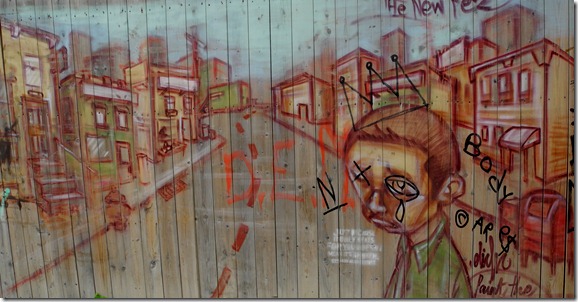
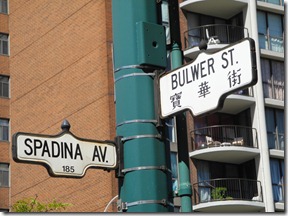
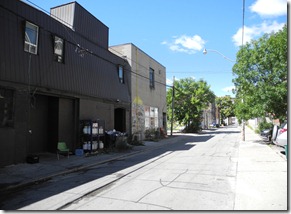
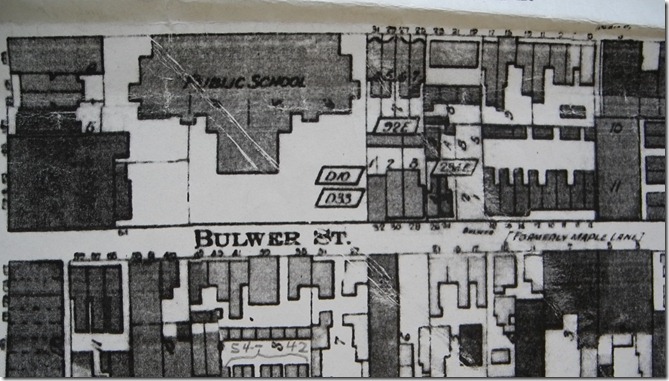
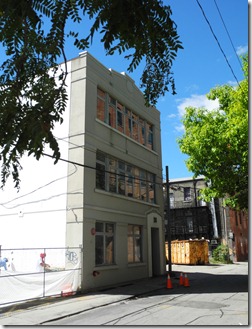
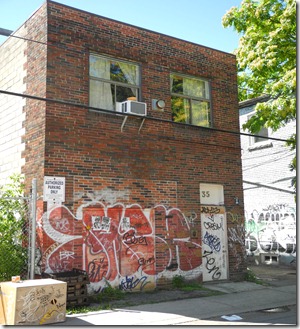
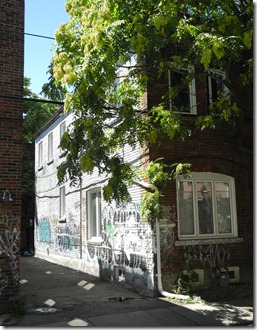
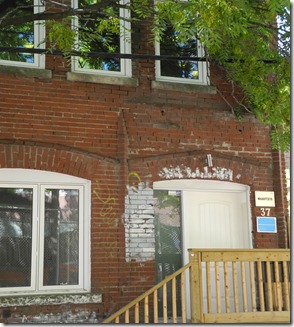
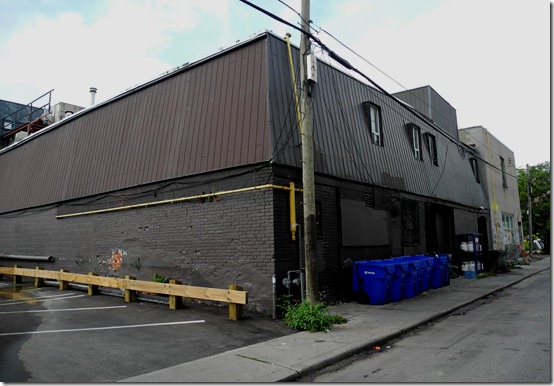
![cid_E474E4F9-11FC-42C9-AAAD-1B66D852[2] cid_E474E4F9-11FC-42C9-AAAD-1B66D852[2]](https://tayloronhistory.com/wp-content/uploads/2014/10/cid_e474e4f9-11fc-42c9-aaad-1b66d8522_thumb2.jpg)